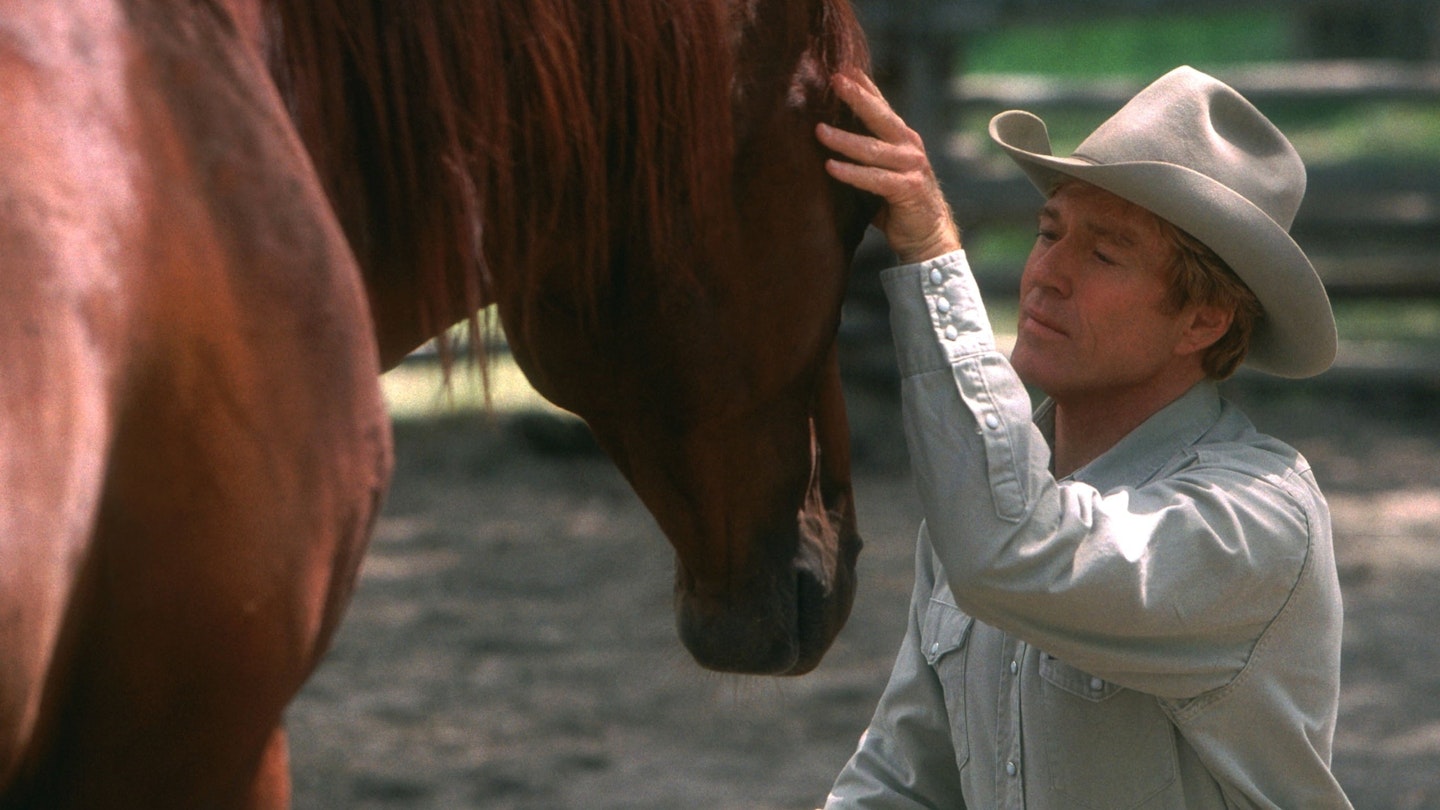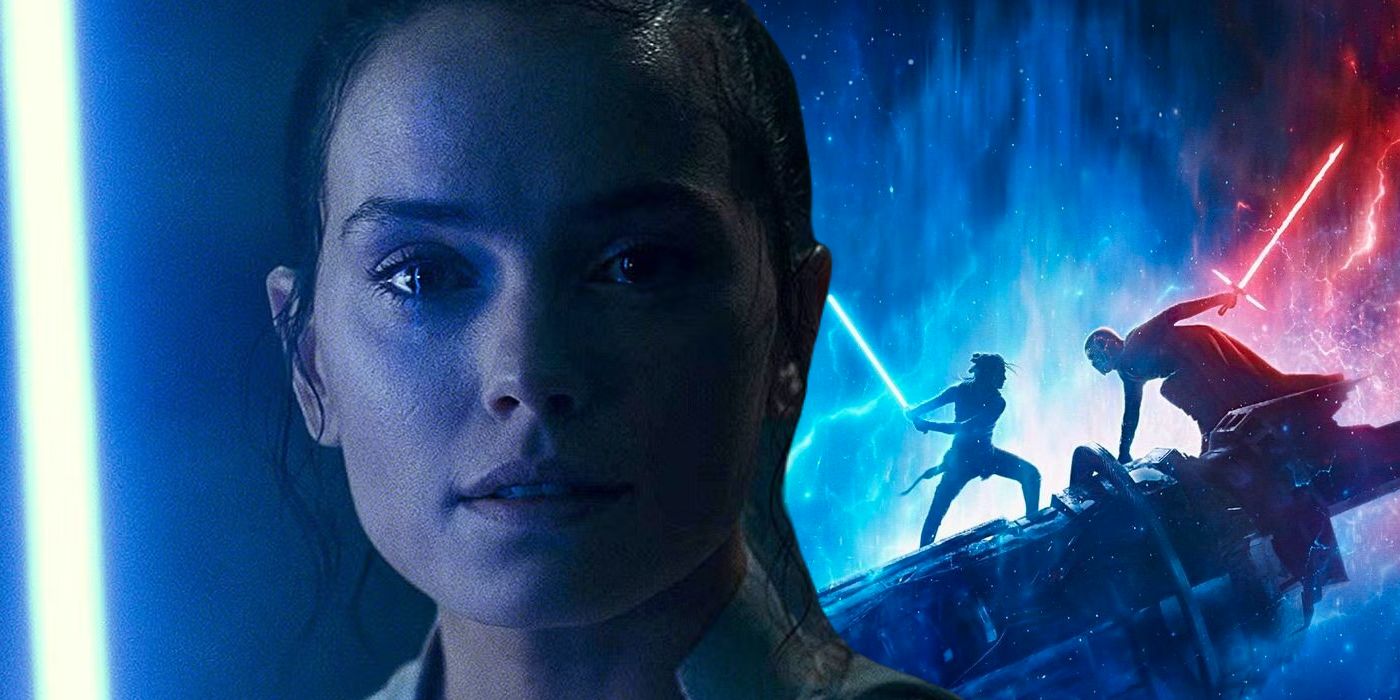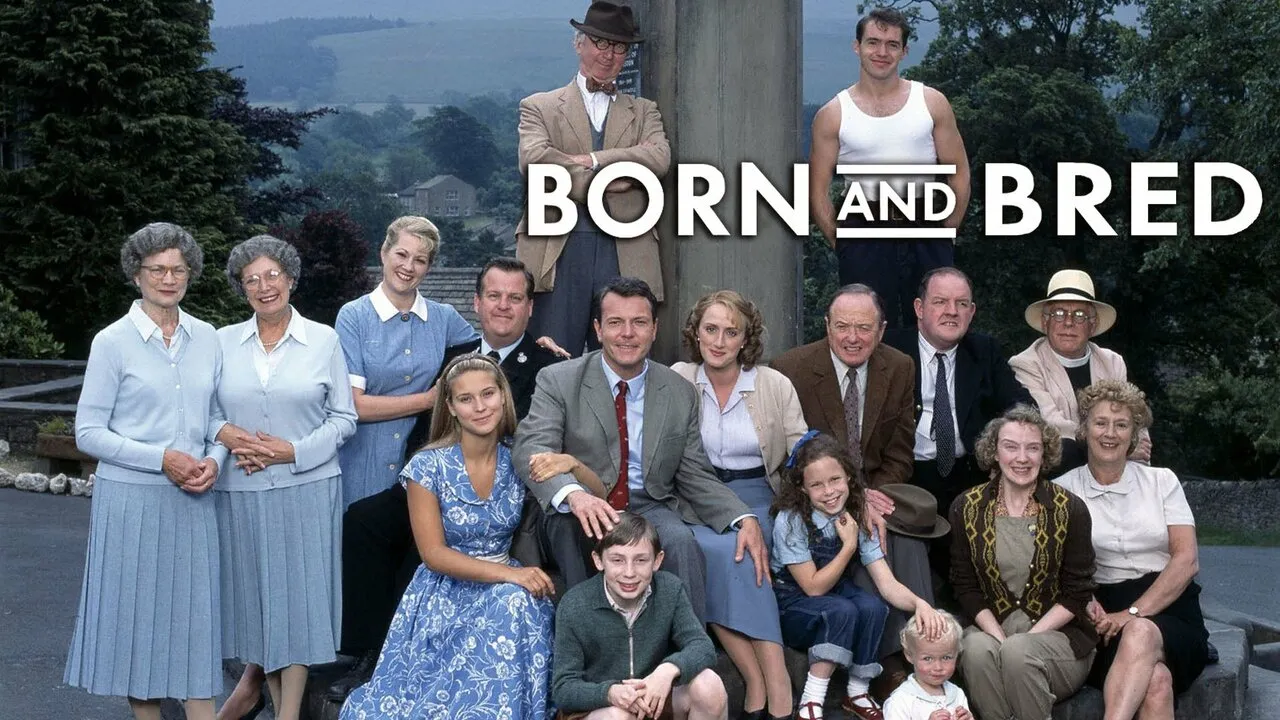The Horse Whisperer (1998), directed by and starring Robert Redford, is a moving drama that explores trauma, recovery, and the unspoken bond between humans and animals. Based on Nicholas Evans’ bestselling novel, the film blends emotional storytelling with sweeping cinematography to tell a deeply human story of healing after tragedy.

The story begins in the wake of a devastating accident. A young girl, Grace MacLean (played by Scarlett Johansson in one of her earliest roles), and her beloved horse Pilgrim are hit by a truck during a morning ride. Grace survives but is left physically and emotionally scarred; Pilgrim, once a powerful and spirited animal, becomes wild and seemingly beyond saving. Both carry visible and invisible wounds that no modern treatment seems able to reach.

Enter Tom Booker, the "horse whisperer"—a quiet, introspective cowboy with a rare gift for understanding horses and the people around them. Played by Robert Redford with calm wisdom and grace, Tom agrees to help rehabilitate Pilgrim—but soon finds that the horse is not the only one who needs healing. Grace’s mother Annie (Kristin Scott Thomas), a high-powered magazine editor from New York, brings Grace and Pilgrim to Tom’s Montana ranch, hoping for a miracle. What follows is a slow, gentle unraveling of grief, guilt, and guarded hearts.
The film is not about quick fixes. It’s about time, patience, and trust. As Grace begins to reconnect with her horse, she also begins to reconnect with herself. At the same time, Annie, who arrives emotionally distant and tightly wound, is slowly changed by the simplicity and honesty of life on the ranch—and by Tom himself. A quiet romantic tension builds between Tom and Annie, adding a layer of complexity to the story’s emotional core.

Visually, The Horse Whisperer is stunning. The vast open spaces of Montana serve as a counterpoint to the characters’ inner confinement, and the cinematography captures both the raw beauty and quiet solitude of the American West. The pace is deliberately slow, reflecting the emotional journey of its characters.
Ultimately, The Horse Whisperer is not just a film about a horse. It is a story about pain, connection, and the courage it takes to move forward after everything seems broken. With compassion, subtlety, and strength, the film reminds us that healing is not always loud—it often comes in whispers.



